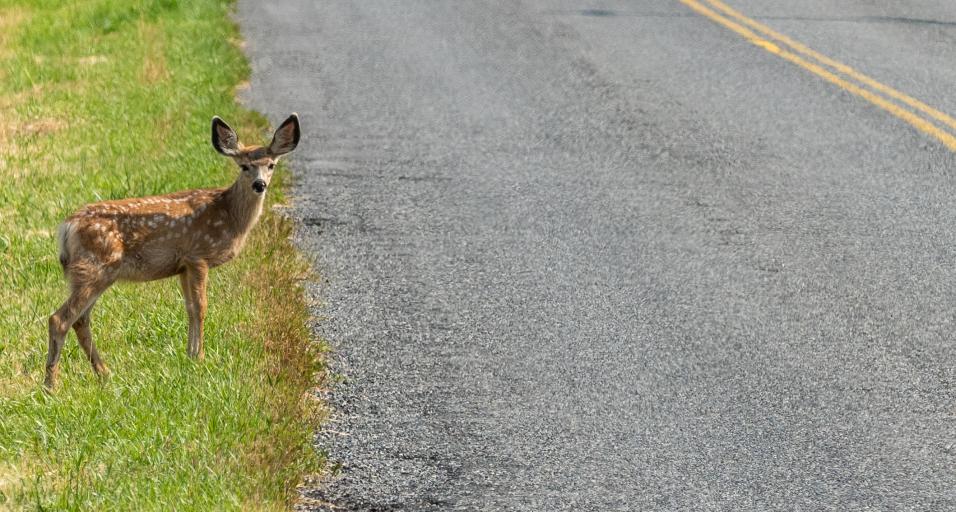A listing of the most critical road projects to reduce wildlife-vehicle collisions and improve big game migration was published online recently by the Wyoming Wildlife and Roadway Initiative Team. This multi-agency team, driven by the Wyoming Game and Fish Department and the Wyoming Department of Transportation, and includes Wyoming Bureau of Land Management, The Nature Conservancy, Wyoming Wildlife Federation and Wyoming Migration Initiative, was formed in 2017 to find innovative ways to implement and fund projects that reduce wildlife-vehicle collisions, increase motorist safety and maintain or re-establish disconnected wildlife migration routes.
The 43-entry list is the next step in a statewide strategy to reduce wildlife-vehicle collisions. In 2017, Game and Fish, WYDOT, and other wildlife and community groups convened at the Wildlife and Roadways Summit to discuss ways to reduce collisions. From that, the Wyoming Wildlife and Roadway Initiative Team formed and launched a living, online map depicting high collision sections of roads across the state.
“Having the high priorities identified statewide is beneficial to WYDOT,” says Scott Gamo, WYDOT Environmental Services manager. “We can now incorporate these locations into our planning program enabling us to identify highway projects early on that could include some design of wildlife passage features.”
While the project list is ranked by the most benefit to both human safety and wildlife ecology, the prioritization doesn’t signify the order for work, nor is the listing exhaustive of the projects that could be completed in the state. There are upwards of 240 potential projects in all.
“The full list is a resource for local communities working on roadway projects,” said Angi Bruce, supervisor of the Game and Fish Habitat Protection Program. “It is a way to see what local groups can do and also a way to help find or raise the funding needed for a project.”
Bruce said communities can work on roadway initiatives in other ways, too. Groups can use the list as inspiration for improvements in their area, with the hope that considering wildlife will become a regular part of road construction.
“For example, if a stretch of fencing is planned for replacement, it might be a good time to also install wildlife-friendly fencing or crosspoints at critical locations to help route wildlife safely,” said Bruce.
To help support wildlife and roadway initiatives the public can plan to purchase the new wildlife conservation license plate when registering their vehicles, available Jan. 2, 2019. The initial price of the plate will be $150 with a $50 renewal fee each year, in addition to registration fees. Proceeds from sales and donations will help fund overpasses, underpasses, fencing and signage to prevent vehicle/animal collisions along wildlife migration corridors.
WY Wildlife and Roadway team releases top 43 projects to reduce wildlife-vehicle collisions
Sara DiRienzo (307-777-4540)


